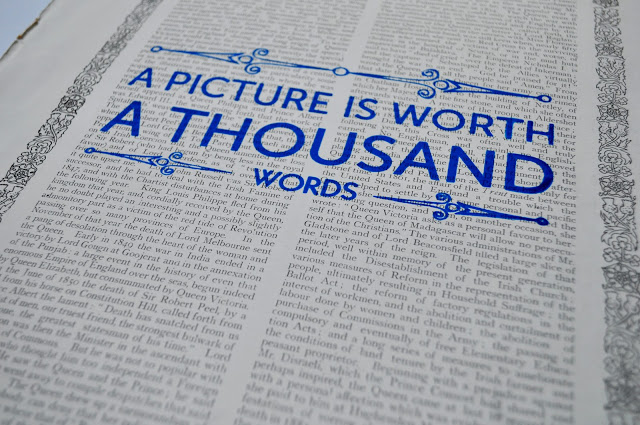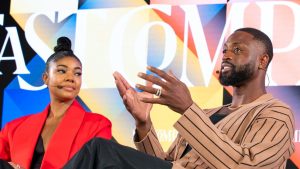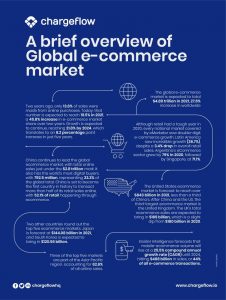by Cory Treffiletti, , Featured Contributor, (09 June, 2016)

Last week was Christmas for the ad industry, as Mary Meeker released her annual report on all things digital, globally.
If I were someone at Facebook, Instagram, Twitter, Pinterest or Snapchat, I would be pretty stoked by what I read! These platforms are growing rapidly, and what Meeker had to say about the behaviors of the younger audiences engaged with these kinds of platforms was extremely positive.
The thing that sparked my interest the most was how younger audiences communicate so much more with imagery than text, and the implications this has for advertisers.
Advertising is about emotion and inspiring an action because you delivered a message relevant to the person receiving it. Doing so with text, while valuable and certainly proven to be effective by Google, is secondary to imagery.
Use of image-based platforms is increasing, while other platforms transition to more imagery than copy. Facebook speaks to a different life stage than Snapchat, but both are heavy with imagery. In fact Snapchat was built solely with images and video in mind. The same can be said for Instagram and Pinterest, which are 100% focused on images, but each plays a slightly different role in the media landscape, bringing a slightly different audience behaviorally, if not demographically. Twitter is the unique beast that started with text and is quickly shifting to integrate imagery more holistically because it recognizes what’s in the tea leaves. I think Twitter will right the ship and get things going in the correct direction.
The ad formats offered by platforms like Snapchat and Pinterest speak volumes about where things can go in the coming years. I love seeing this trend, because for years I’ve been saying the ads we have now are not the be-all and end-all of digital creative. I thought pure video ads and interstitials would be the wave of the future, but these sliding and shifting ads on mobile seem to be blazing the path. They adopt some of their ancestry from interstitials but lean heavily on the mobile environment to do it better. Audiences appear to respond to these formats, and I wonder what impact they’ll have on the desktop and other screens. Will other platforms recognize this shift and explore new formats as a result?
Each of these platforms represents the shift toward a collection of walled gardens, which is consistent with the strength of Google as well. Advertisers trust that each platform provides a fair, reciprocal value to deliver to the consumer. But advertisers have to find ways to work across all platforms in order to deliver a message that resonates and is relevant. Doing so requires the ability to communicate basic information across these walls or risk inconsistent messaging to the consumer. While the platforms may not want to work together, advertisers want consistency — so a middle ground has to be found, because no advertiser will focus 100% of their dollars on a single partner. Why should they? No consumer says they’ll focus 100% of their time with a single channel!
Regardless of some of the minor hurdles laid out before us, this Mary Meeker report was one of the most interesting in years because it signals a sea change in how these platforms create interaction with consumers. The only downside I saw was about how video ads are not quite the holy grail we were hoping for — but that doesn’t mean they don’t have potential still!
Keep calm, and read on with Mary’s report!
MediaPost.com: Search Marketing Daily
(70)
Report Post







